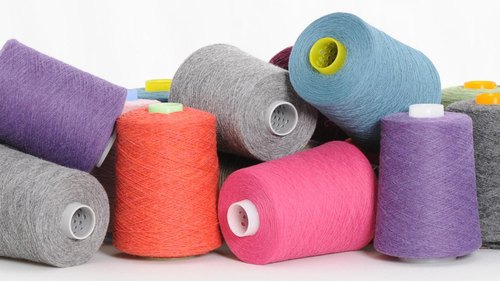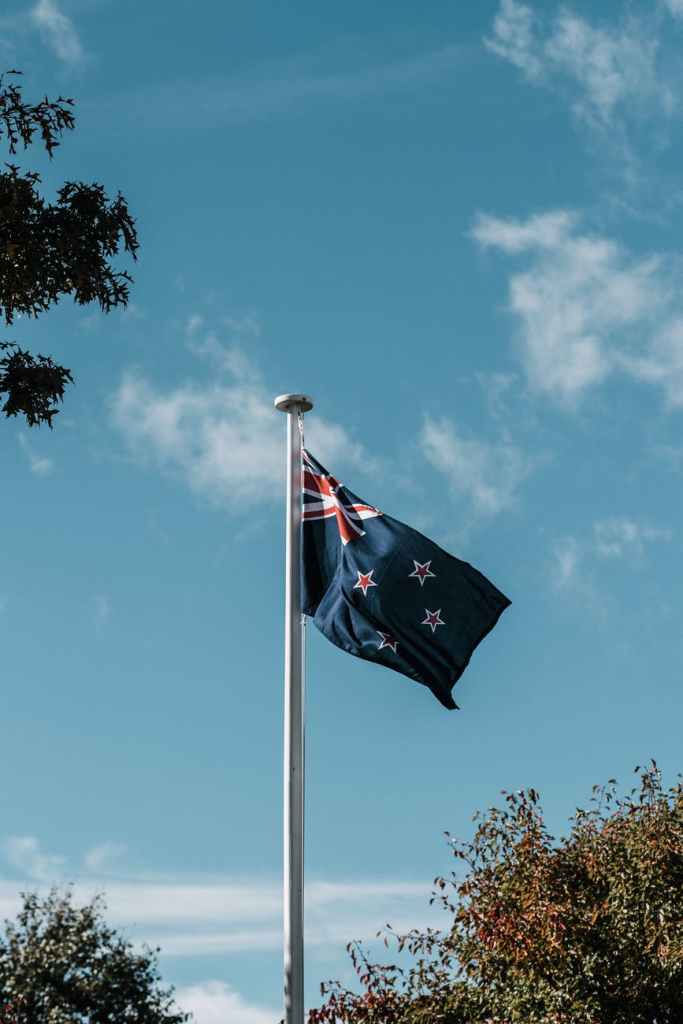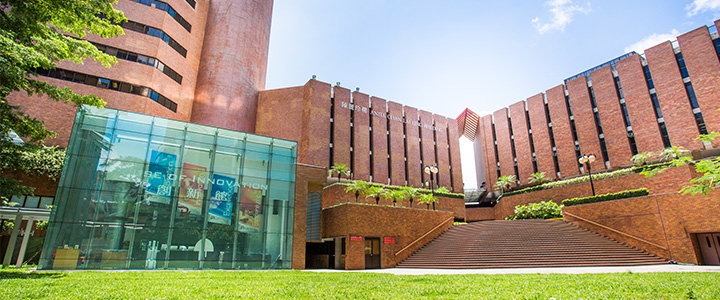Corona Virus, now a days is the most scary thing every one is talking about. How it is spreading?, how to protect from it?, how to contain the spread of this virus? and Is there any cure or vaccine for it? These are the questions almost everyone is looking answers for. Being a Textile Engineer and having knowledge in the area of Medical Textiles as well as Non-woven fabrics, I thought I should give my readers a laymen knowledge about one of the protection methods, that is wearing a surgical mask. Now there are many different kinds of protective masks available, however the most common and most used one is the disposable surgical mask. So in this blog I will present surgical masks, their anatomy, function and properties according to protection levels. Because now a days everyone is looking for a mask consequently with a boost in demand, many fakes also made their space in the market. Therefore, I will also try to include the technical as well as physical details of an ideal mask so that fakes can be identified easily. So let’s start with the first question that is what is a surgical mask and why it is used?
What is a surgical mask ?
The surgical mask that are available commonly on the market can be divided into two categories according to their shapes, i.e. flat type face mask and half-face face mask. In addition to this, face mask can also be divided into two categories according to their applications i.e. face mask for filtering particulate and face mask for filtering air. The face mask for filtering air need to be provided with porous materials, such as activated carbon. According to the properties of the porous materials, different kinds of noxious gases or organic gases can be absorbed. However, like safety helmets, face mask are effective only when they are used correctly. When people select or use the face mask, they should not only consider the filtering functions of the face mask but also the airtight property of the face mask. If the airtight property of the face mask is not good enough, people will still breathe in noxious air via chinks when they wear the face mask. Thus, face mask structures cannot protect people from breathing noxious air even though their filtering functions are perfect. The face mask for filtering particulates are usually designed to give protection to the wearer in an environment where there are chances of airborne contagious particles or bacterial contaminants in the air. Therefore, this type of mask must be very good and has high filtration efficiency. The performance of this type of mask mainly depends on two features. Firstly, the filtration efficiency or capacity, secondly the rate of air flow that is somehow related to breathability.
The structure of a surgical mask
A surgical mask is typically composed of three layers. 1) Outer-layer 2) Middle-layer 3) Inner-layer. In addition, there are elastic ear loops and aluminium metal nose strip to facilitate the better fixation of mask on the face. The main function of outer layer is to provide with primary air filtration and to somehow air regulation. the middle layer serve as a filtration barrier and the inner layer should ideally provides comfort by dissipating the heat and moisture created by exhaling breath. However, in my experience this function is not achieved with a common surgical mask. Moreover the three layers have usually three folded lines to facilitate the fit of the mask and to provide maximum coverage from nose to bottom of the lower jaw of the wearer. When the mask is pulled down after fixing on nose, because of these folded portions a room in the shape of a polyhedron is crated between mouth and nose which helps to mitigate the feeling of oppression. The photo below shows the components of a mask as described above.

Why surgical mask is used?
A surgical mask, also known as a procedure mask or medical mask is primarily worn by health professionals to catch the bacteria shed in liquid droplets and aerosols from the wearer’s mouth and nose. They are not designed to protect the wearer from inhaling airborne bacteria or virus particles and are less effective than respirators, such as N95 masks, which provide better protection due to their material, shape and tight seal. Among the general public of East Asian countries including, China, Japan and South Korea the use of surgical mask is very common in order to reduce the spreading of airborne diseases and to prevent the inhaling of airborne dust particles created because of air pollution. More recently, due to the rising issue of smog in south and southeast Asia, surgical masks and air filtering face masks are now frequently used in major cities in Pakistan, India, Nepal and Thailand when air quality deteriorates to toxic levels. Additionally, face masks are used in Indonesia, Malaysia and Singapore during the southeast Asian haze season. Air filtering surgical-style masks are quite popular across Asia. Therefore, many companies have released masks that prevent the breathing in of airborne dust particles.


An Ideal Surgical Mask
In order to claim a product as a surgical/medical mask, the product must pass a series of tests according to standards such as ASTM F2100 or EN14683. For ASTM F2100, the performance of a surgical/medical mask is based on the tests for (1) bacterial filtration efficiency (BFE), (2) differential pressure, (3) sub-micron particulate filtration efficiency (PFE), (4) resistance to penetration tested by synthetic blood, and (5) resistance to flammability. The figure below shows the surgical/medical mask requirements by performance level according to the ASTM F2100.
Mask size
Usually the masks are available in the market in two sizes that are adult and children size. However, the size of a mask can be Small, Medium, Medium+ , Large and Extra large. The size of a mask is mainly dependent on the length of the nose-bottom of lower jaw bridge as shown in the figure below. Therefore, by measuring your nose-bottom of lower jaw bridge you can easily identify that which mask size is ideal for your face. Remember to buy the correct size because it is important in terms of air tight protection from sides of the mask.

Does a Surgical mask protect from Corona Virus?
The answer is a big NO. A surgical mask is composed of a filtering barrier made of a spun-bond non-woven fabric. This is the most important component of a mask and it also determines the protection level of the mask. The filtration efficiency largely depends on the particle size and rate of airflow for the same filtering layer. Generally, it is relatively ineffective for a filtering barrier used in a conventional protective mask to filter out particles having sizes at around 0.3µm and it is even more difficult to filter out particles when the rate of airflow is high. Most filtering barrier layers of conventional protective masks are not treated with anti-bacterial or anti-viral finishes. Therefore, these protective masks simply serve only as a physical barrier to filter out contaminants. When it comes to viruses and bacteria, these filtration layers cannot kill them during filtration that should be the ideal and most desirable function of an anti-bacterial and anti-viral masks. For typical surgical/medical masks, and in reference to the BFE test and the sub-micron PFE test, the filtration efficiency percentage must not be lower than 95%. The average size of the aerosol particle in BFE test is around 3µm while the average size of the aerosol particle in the sub-micron PFE test is around 0.1µm. The aerosol particles are trapped by protective masks comprising nonwoven meshes of fibers through a combination of mechanisms including inertial impaction capture, interception capture, and Brownian diffusion capture. Inertial impaction /interception predominates in the BFE test because of the relatively large particle size while Brownian diffusion predominates in the sub-micron PFE test because of the relatively small particle size. The most penetrating particle size (MPPS) is 0.3µm. As both diffusion and impaction/interception are inefficient for particles near the MPPS, passing the tests (i.e., BFE test and sub-micron PFE test) does not justify the high level of protection of the surgical/medical mask. Moreover, surgical/medical masks are not designed to seal tightly to the face. Without an adequate seal to the face, inhaled breath is not forced through the filter but instead flows through the gaps around the seal area, providing little protection by allowing potentially hazardous contaminants to enter a wearer’s breathing zone through gaps between his face and the mask. Therefore, surgical/medical masks do not provide the degree of protection as required for respiratory personal protective equipment (PPE) by the Food and Drug Administration (FDA).












Very well written and methodological explained
LikeLiked by 2 people
Thanks Sohail Zulfiqar
LikeLike
Excellent
LikeLiked by 1 person
Thanks Amir Shahzad
LikeLike
Good work.
Very Informative and useful material in you post.
LikeLike
thanks Muzzammil Baloch
LikeLike
Reblogged this on Fabrieka.
LikeLike
Terrific article
LikeLiked by 1 person
Thanks Greg Strole
LikeLike
Sir, very informative for layman. Thanks
LikeLiked by 1 person
Thanks Syed Asif Ali, Please subscribe to my blog and share with other friends as well
LikeLike